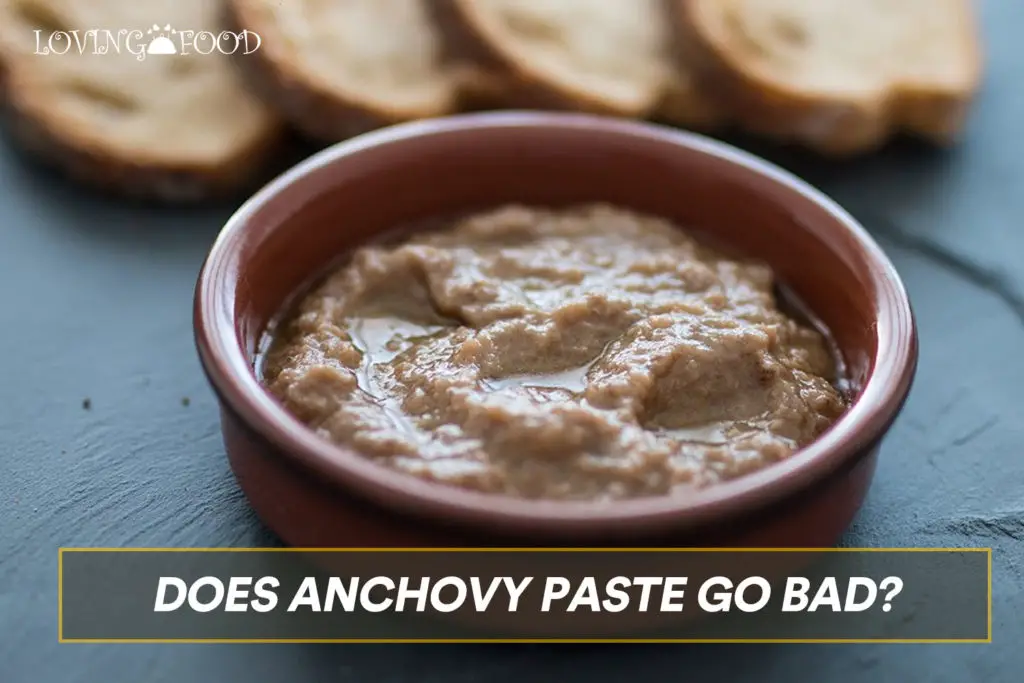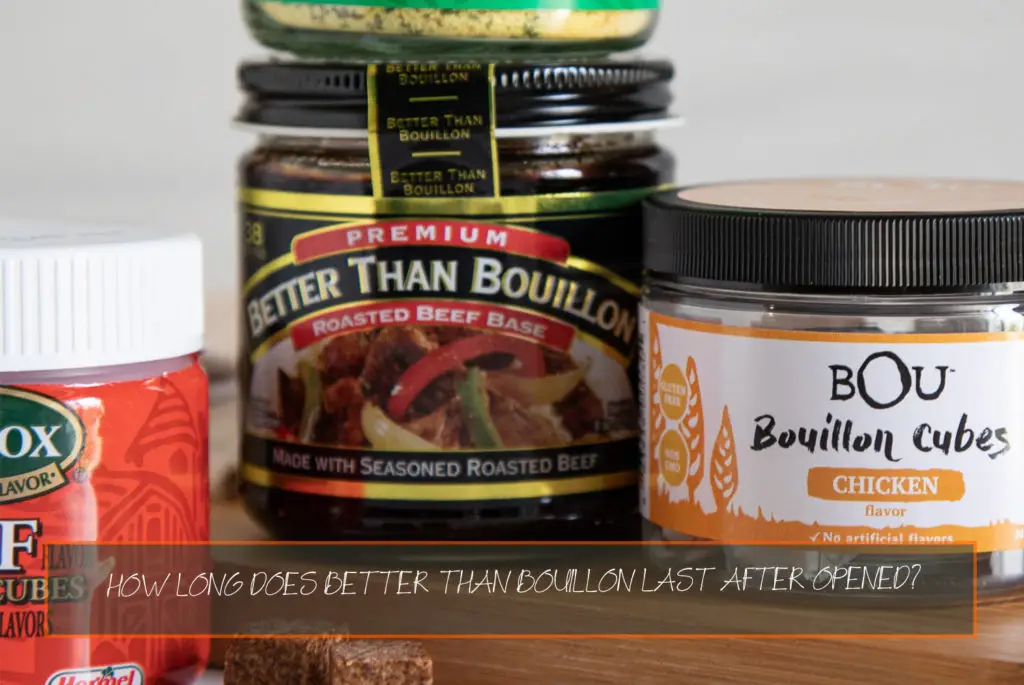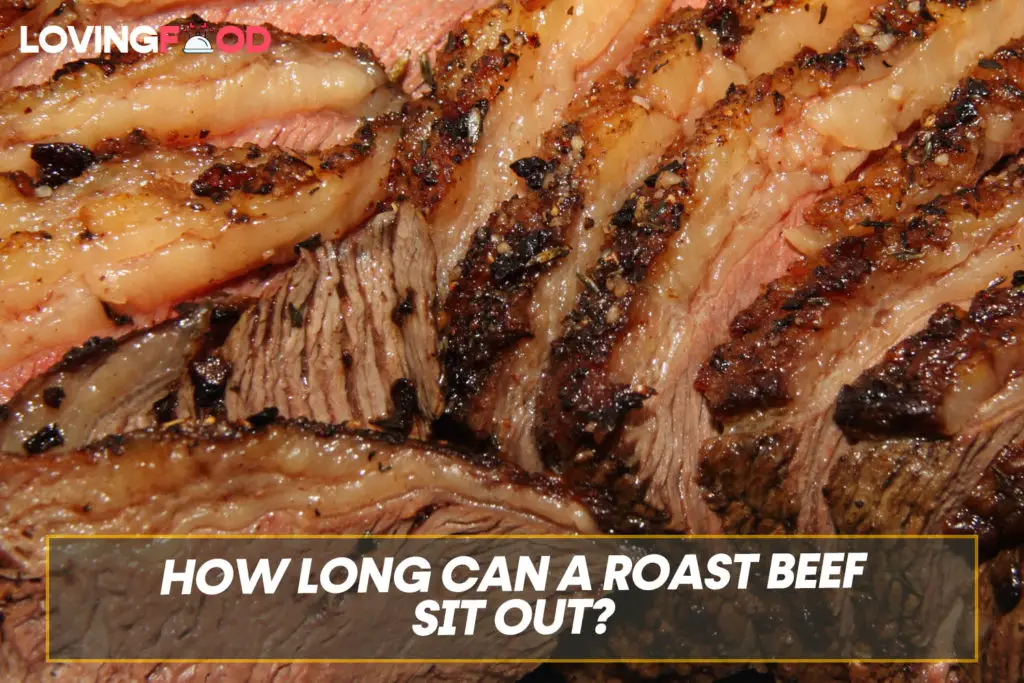As a major ingredient in seafood recipes, most consumers often wonder if anchovy paste goes bad. Most people often wonder if canned food and pastes go bad, little wonder you are concerned if anchovy paste can go bad.
Yes, anchovy paste goes bad if it has expired or if it has been exposed to poor storage conditions.
What causes anchovy paste to spoil? Can anchovy paste’s preservatives endure any storage conditions? What are the best storage options for my anchovy paste? You are about to find out. Continue reading.
This article has covered everything you need to know about the shelf life and preservation of your anchovy paste.
Does Anchovy Paste go Bad?
Yes, an anchovy paste goes bad. Anchovy paste goes bad for a variety of reasons, but the most common cause is improper storage.
Anchovy paste is preserved using vinegar and salt but these preservatives may not be enough to prevent the growth of bacteria when exposed to poor storage conditions.
Why Your Anchovy Paste Can go Bad
When anchovy paste is exposed to air, contamination, moisture, or heat, bacteria can grow and cause the paste to spoil. Furthermore, your anchovy paste will spoil if it has passed its expiration date.
1. Contamination
Contamination in anchovy paste occurs when tiny particles of other ingredients mix with your anchovy paste. This can happen if you scoop your anchovies with a spoon that was previously used to scoop other ingredients or condiments.
As a result of this, particles from the other ingredients settle and combine with the anchovy paste, contaminating it and allowing bacteria to grow. For example, scooping anchovy paste using the same spoon used to scoop milk.
2. Exposure to Air
When anchovy paste is exposed to air, mold particles in the air settle in the paste, contaminating it and causing mold to grow. Microorganisms thrive in the presence of air, which causes your anchovy paste to spoil. If the can is dented or bent, the airtight seal may be compromised, making microorganisms more likely to contaminate your anchovy paste.
3. Exposure to Moisture
Your anchovy paste may go bad if it is exposed to moisture for a long time. This is because if the can is exposed to moisture in a damp environment, it is more prone to rust, which can allow bacteria to enter the anchovy paste.
4. Exposure to Heat
Heat is another major reason your anchovy paste can go bad. Most people believe that since their anchovy paste is stored in a can, it can be placed in any location around their home.
Exposure to heat which is mostly from sunlight increases the temperature of the can and makes it an ideal environment to breed microorganisms that can eventually make your Anchovy paste go bad.
The chemicals in the can may react to light and heat when exposed to heat, increasing bacterial development. The can may swell and burst if exposed to extreme heat, but this is rare.
5. Expiration
If your anchovy paste has passed its expiration date, it may be unsafe to eat. The preservatives in your anchovy paste will no longer be effective in preventing germs and bacteria from contaminating the paste once it has expired.
How Long Does Anchovy Paste Last?
The storage and preservation medium used determines how long anchovy paste can last.
When stored properly, unopened anchovy paste can last up to two years. If maintained at the proper temperature, opened anchovy paste can survive up to three months in the refrigerator.
Anchovy paste can be kept in the freezer for up to a year.
Tips to Enjoy Your Anchovy Paste
- Always store your anchovy paste in a cool, dry location. Anchovies should not be kept in a damp environment.
- Keep your anchovy paste in an airtight container, tube, or jar. The container must be properly sealed at all times.
- Follow the expiration date on the goods. We advise against eating anchovy paste that has gone bad.
- If you have a fish allergy, avoid using anchovy paste in your dishes.
- The flavor of anchovy paste is strong. Use it sparingly to avoid altering the flavor of your food.
- Examine your anchovy paste can for signs of rust and damage before purchasing. Microorganisms might enter your anchovy paste through a damaged or corroded can, causing it to spoil.
- If you run out of anchovy paste, try seaweed sauce, miso paste, soy sauce, or mushrooms as a substitute.
- Refrigerate your anchovy paste as soon as you open it.
- Don’t eat anchovy paste that has spoilt.
Adopt these tips to enjoy your anchovy paste.
How to Know if Anchovy Paste Has Gone Bad
These are signs your anchovy paste has gone bad:
- A foul smell from your anchovy paste is an indication that it has gone bad.
- The appearance of mold is a sign that there has been an accumulation of bacteria in your anchovy paste.
- Any changes in appearance and texture may be signs that your anchovy paste has gone bad.
Final Note
Anchovy paste is a common ingredient in seafood pasta dishes, so it’s crucial to know how to store and preserve it properly.
The advice we have provided will help you make better decisions before, during, and after you purchase anchovy paste.









